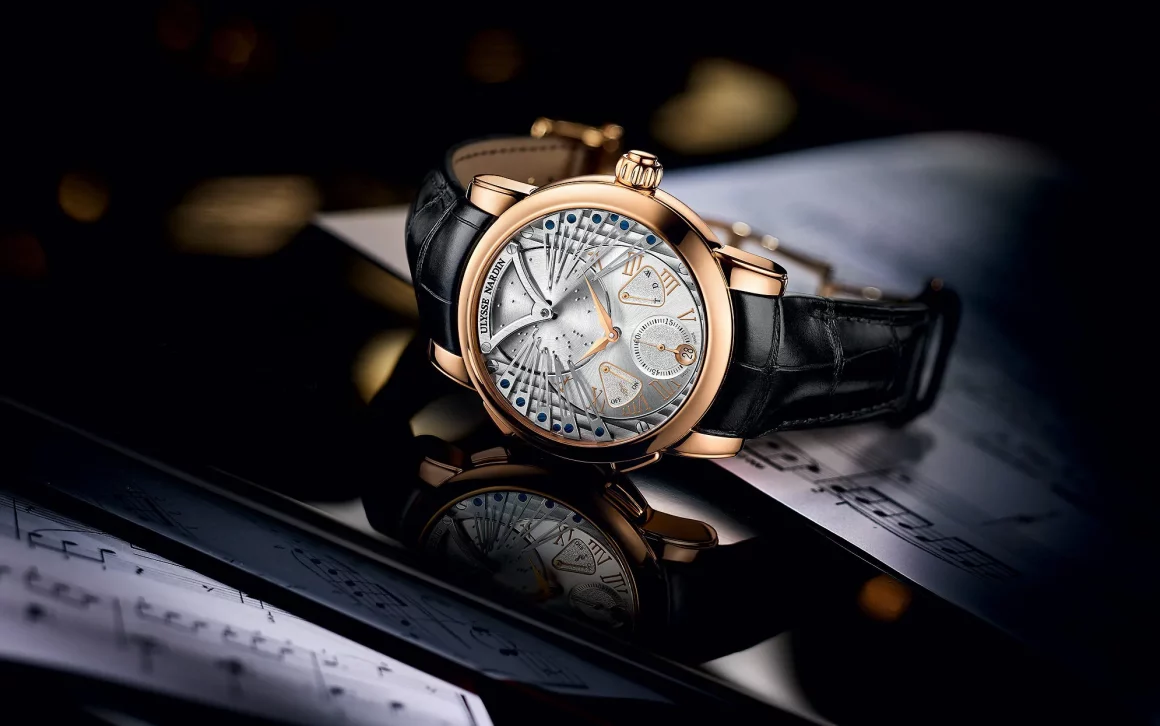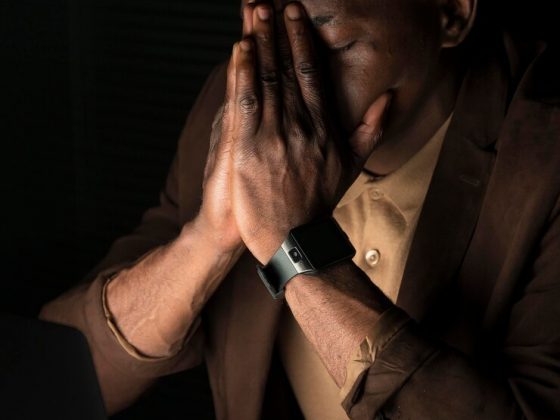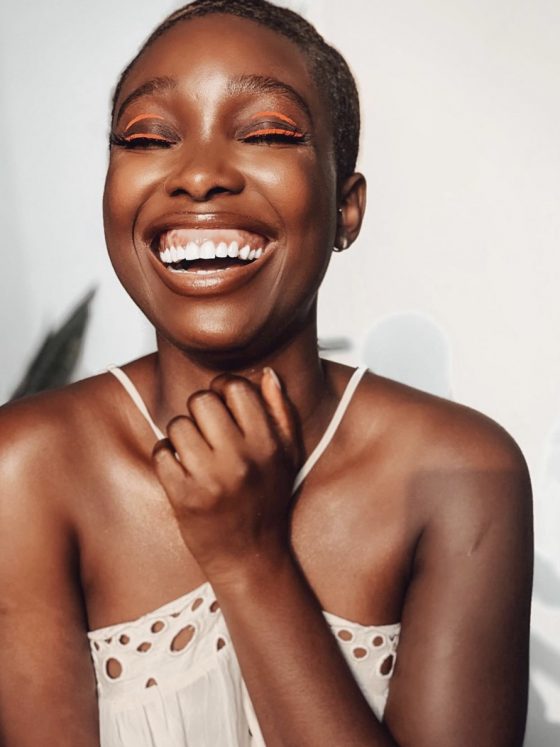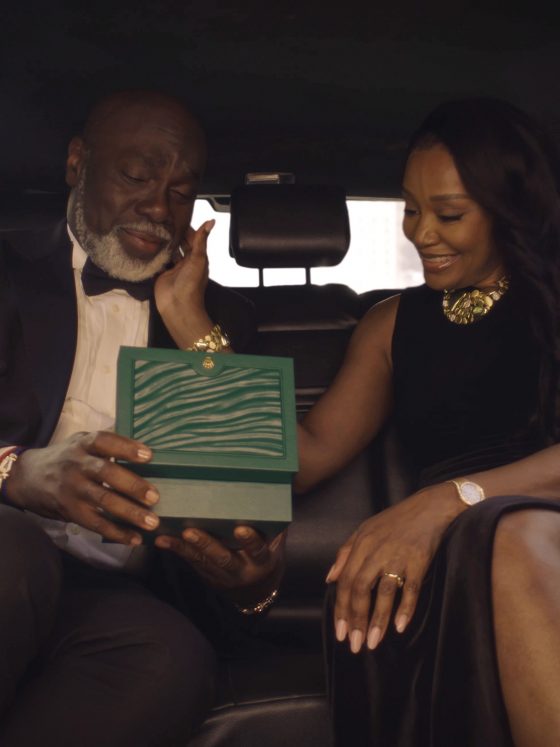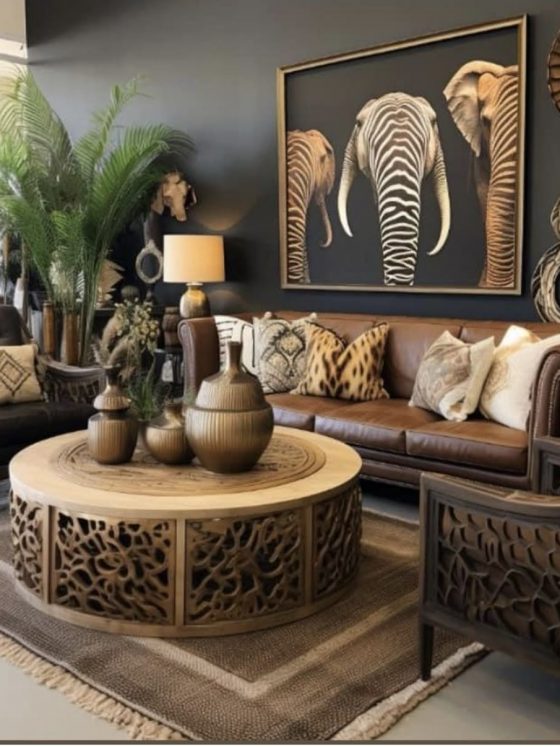The word “luxury” typically conjures images of opulence and exclusivity—think lavish sports cars, high-end fashion, and five-star hotels. However, in recent years, it has become a ubiquitous buzzword in marketing and consumer culture. Almost everything is marketed as “luxury” these days, from scented candles to yoga mats. But is this overuse diluting the essence of true luxury? Let’s explore what luxury genuinely means and how to differentiate authentic luxury from clever marketing strategies.
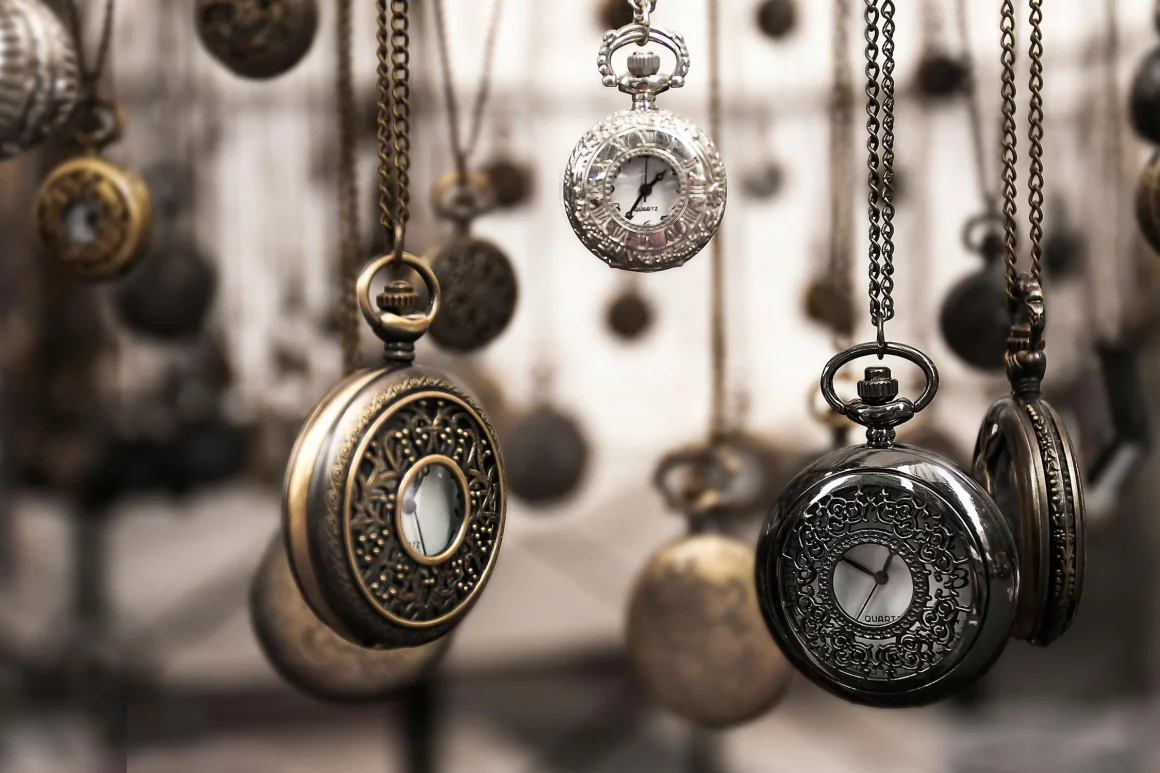
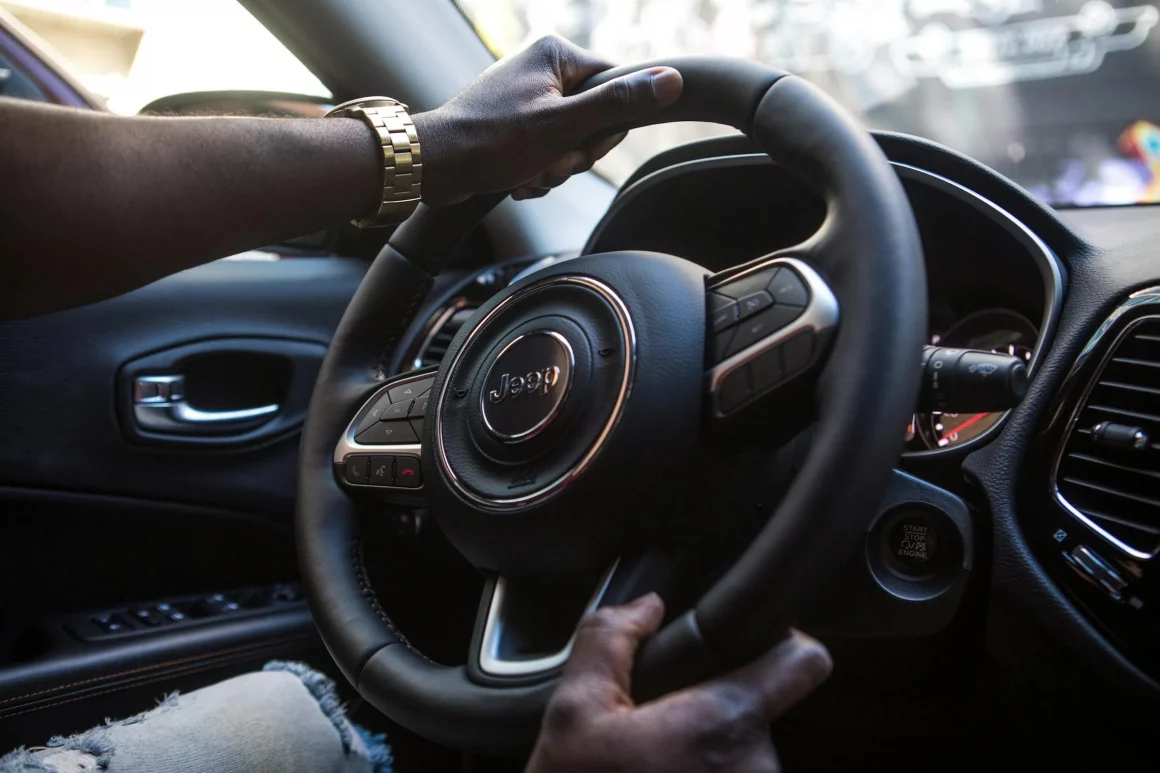
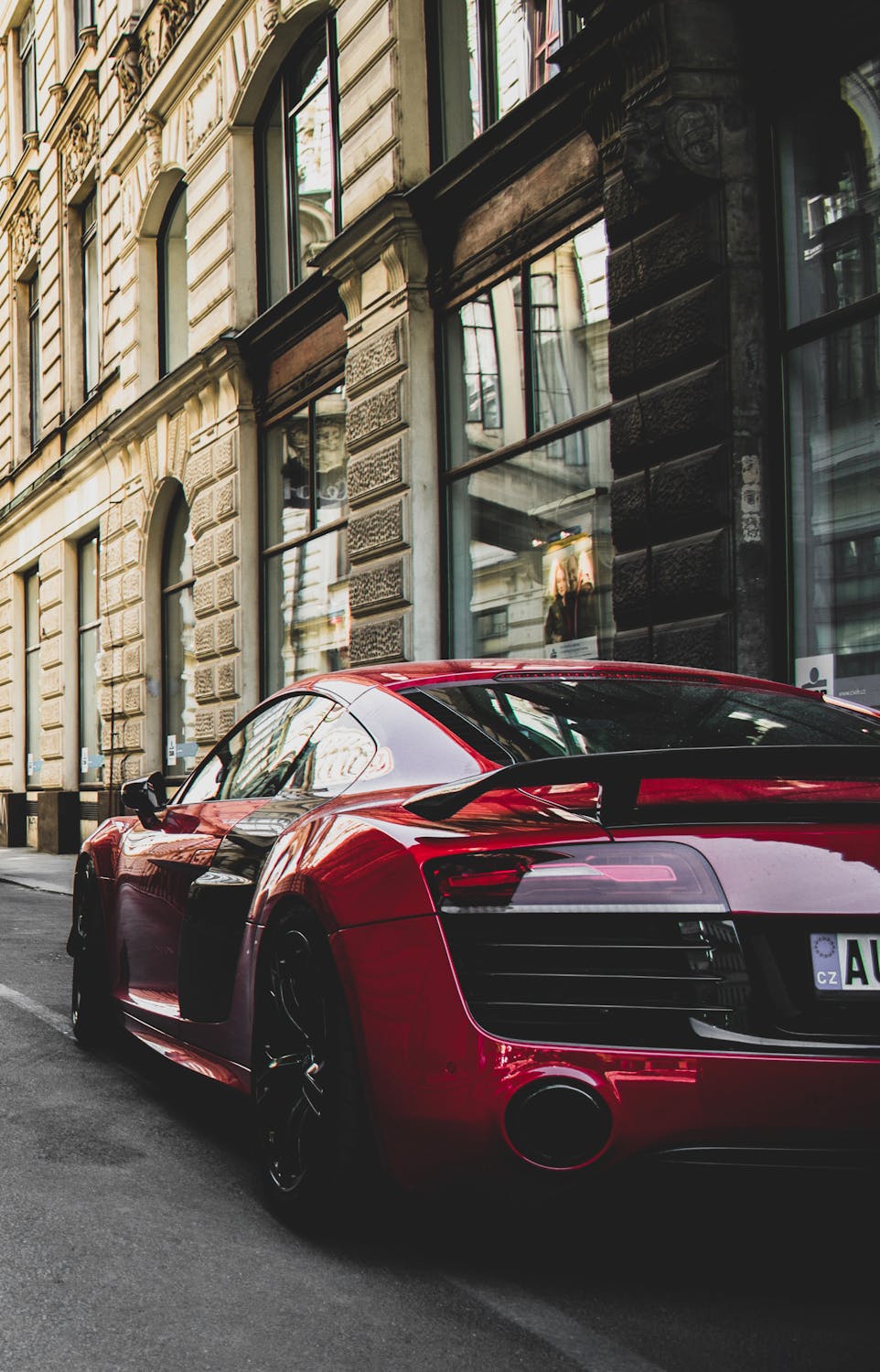
The Evolution of Luxury
Traditionally, luxury was synonymous with rarity, superior quality, and a certain level of prestige. Luxury items were often handcrafted using the finest materials and required significant time to produce. These items were not just products but symbols of status and taste. Think of a Rolls-Royce with its meticulously detailed interior or a Chanel handbag crafted with precision by skilled artisans.

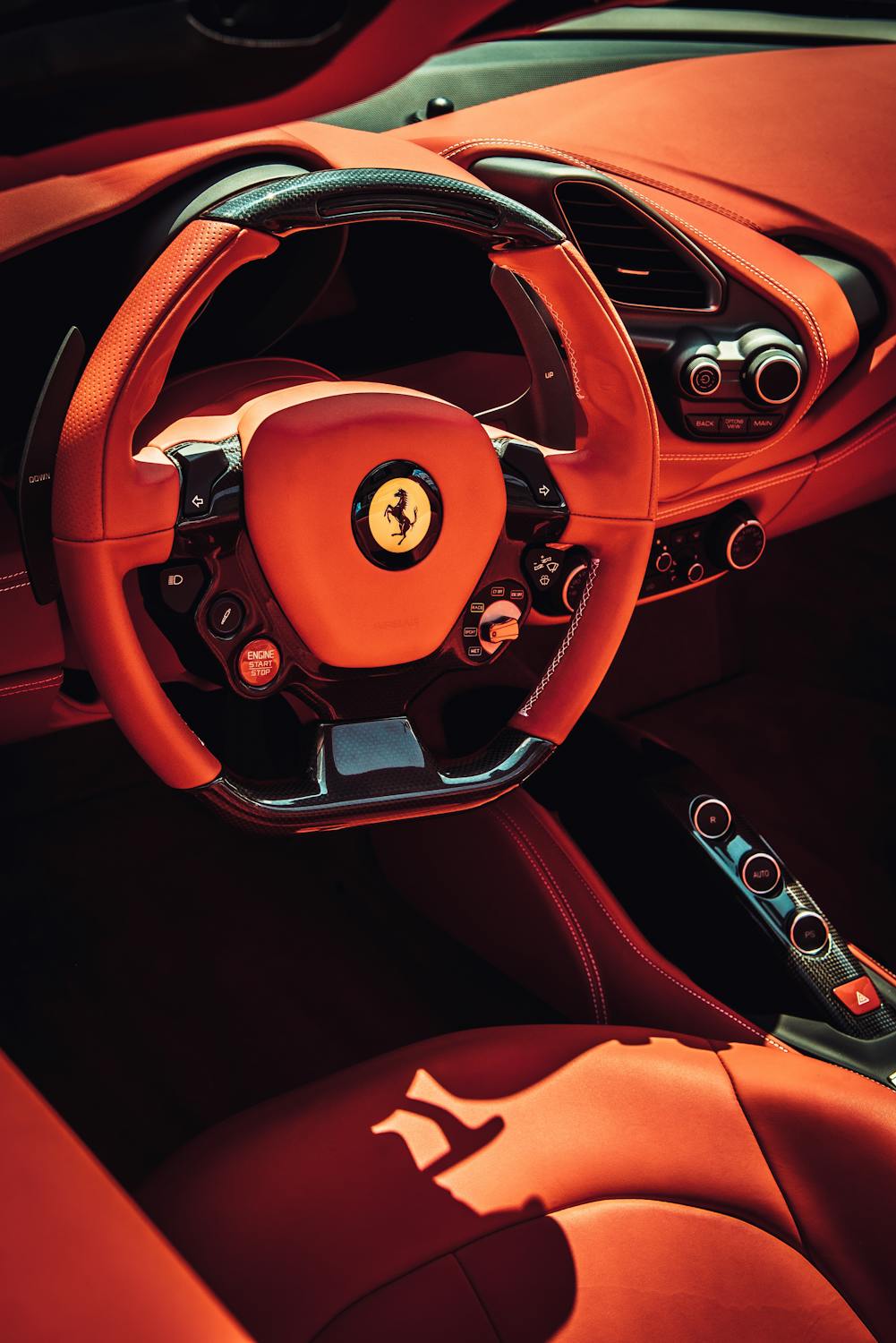

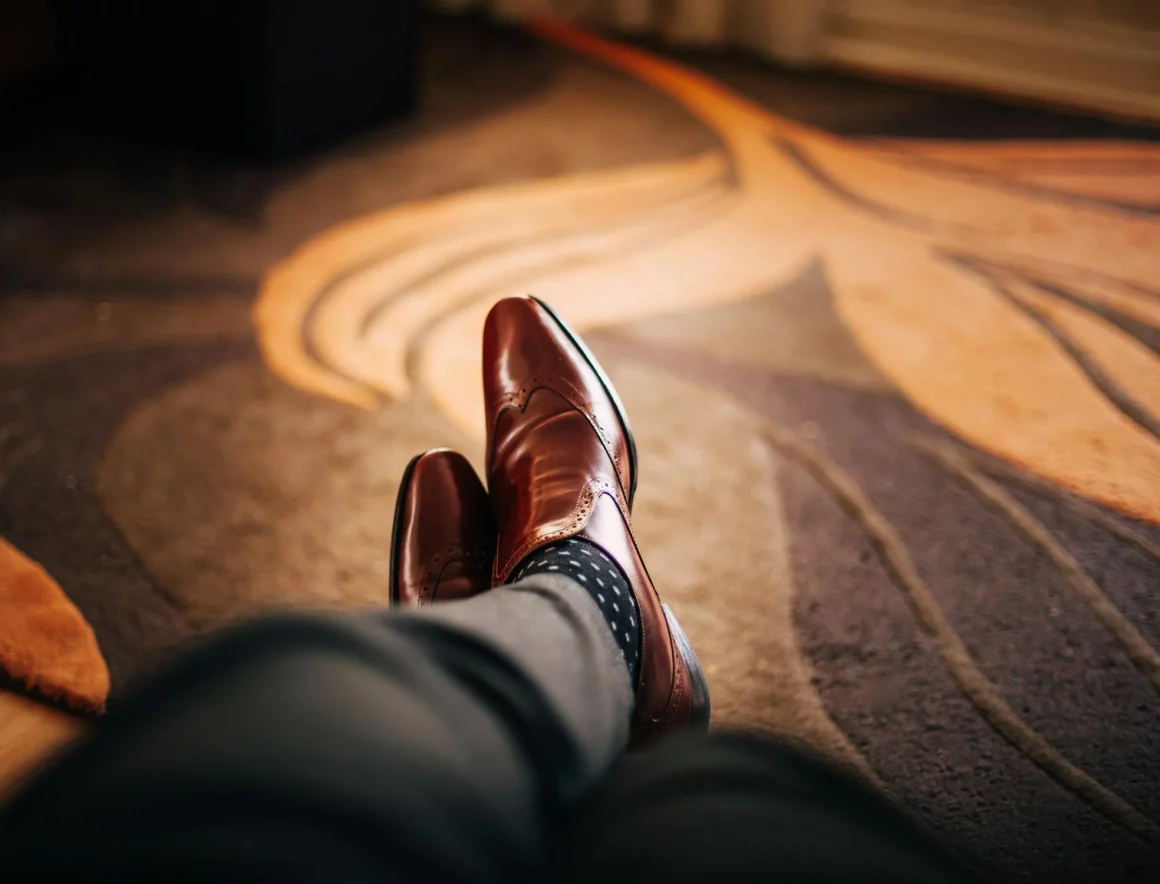
However, as consumer culture has evolved, so has the concept of luxury. Today, brands across various industries are eager to label their products as “luxury” to appeal to a broader market. This democratisation of luxury has led to a paradox: while more people have access to so-called luxury goods, the term itself has lost much of its original meaning.
The Marketing Overload
Brands today are savvy. They understand that “luxury” has a psychological pull. The word itself evokes a sense of indulgence and specialness. It’s no wonder that marketers slap the label on everything from gourmet chocolates to pet food. However, this marketing overload can be confusing for consumers. When everything is branded as luxurious, how do we differentiate between what is truly high-end and what is merely masquerading as such?
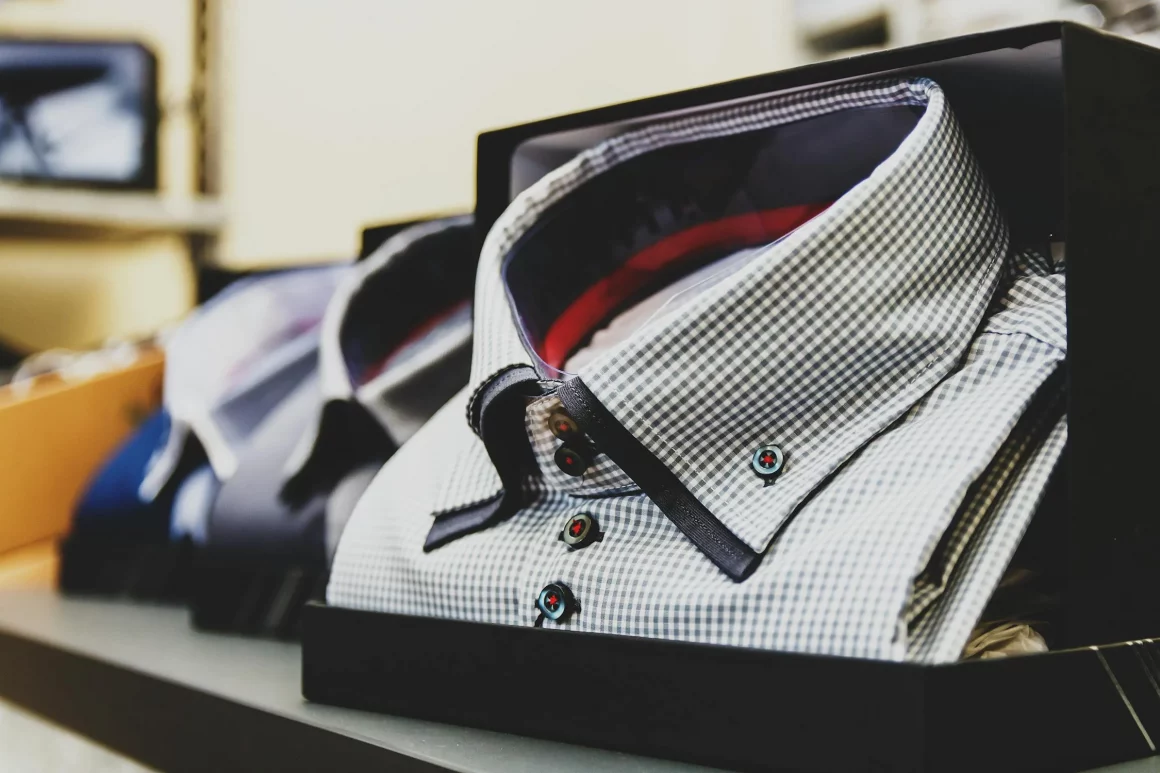
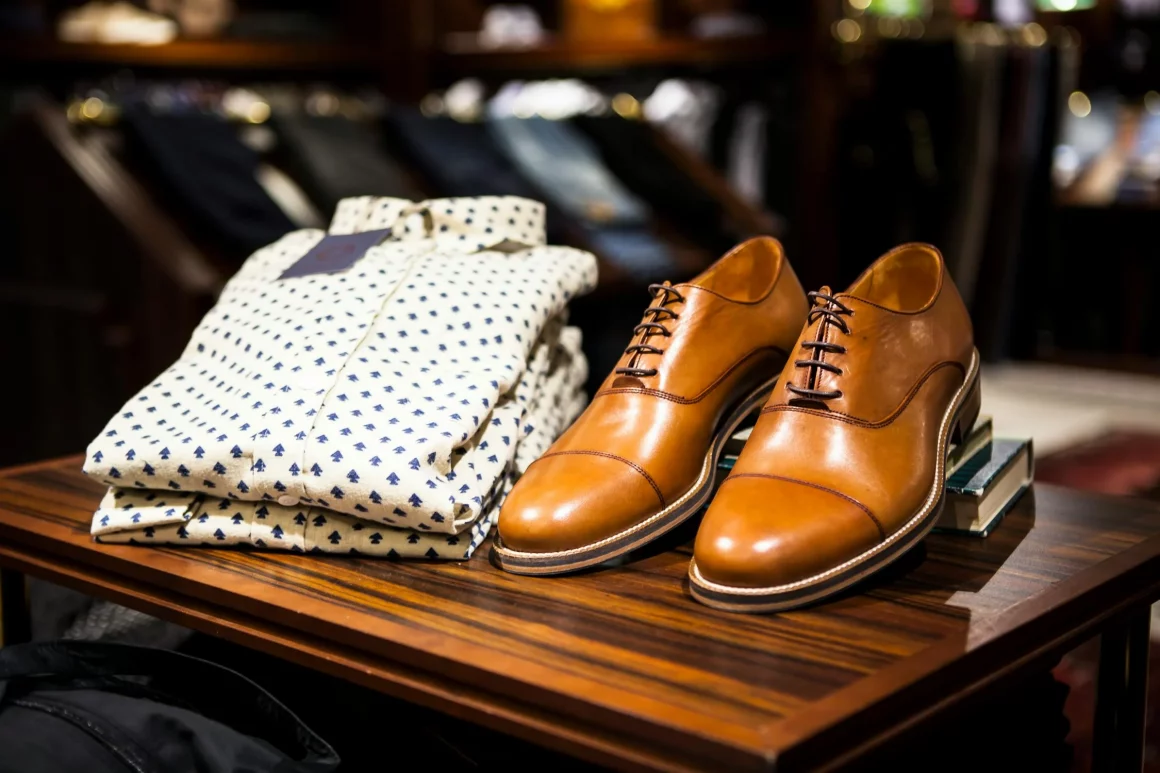
True Luxury: Quality Over Quantity
So, what qualifies as true luxury in today’s market? First and foremost, luxury should be about quality. A genuine luxury item is crafted with superior materials and exceptional craftsmanship. It’s not about mass production but about the attention to detail and the passion that goes into creating something extraordinary. Consider a bespoke suit tailored to your exact measurements versus a mass-produced suit labelled as luxury because of its brand name. The bespoke suit epitomises true luxury with its personalized fit and superior fabrics. It’s not just about the price tag; it’s about the value and the experience.
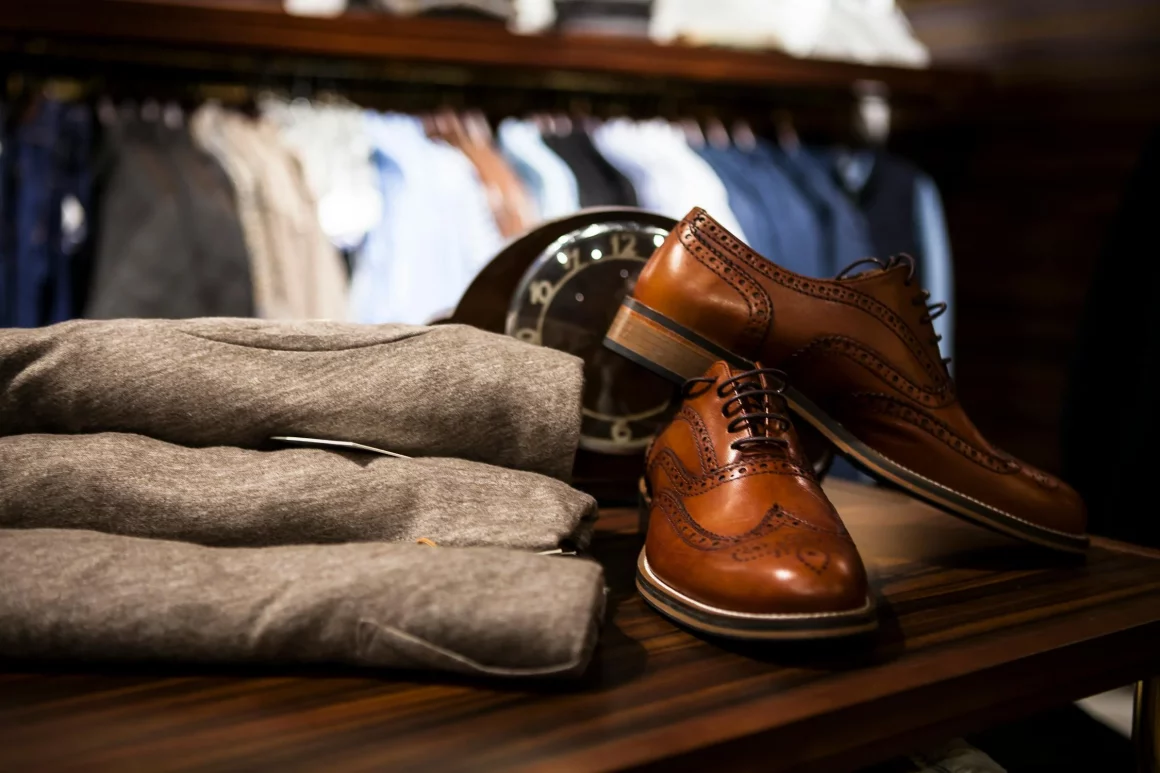
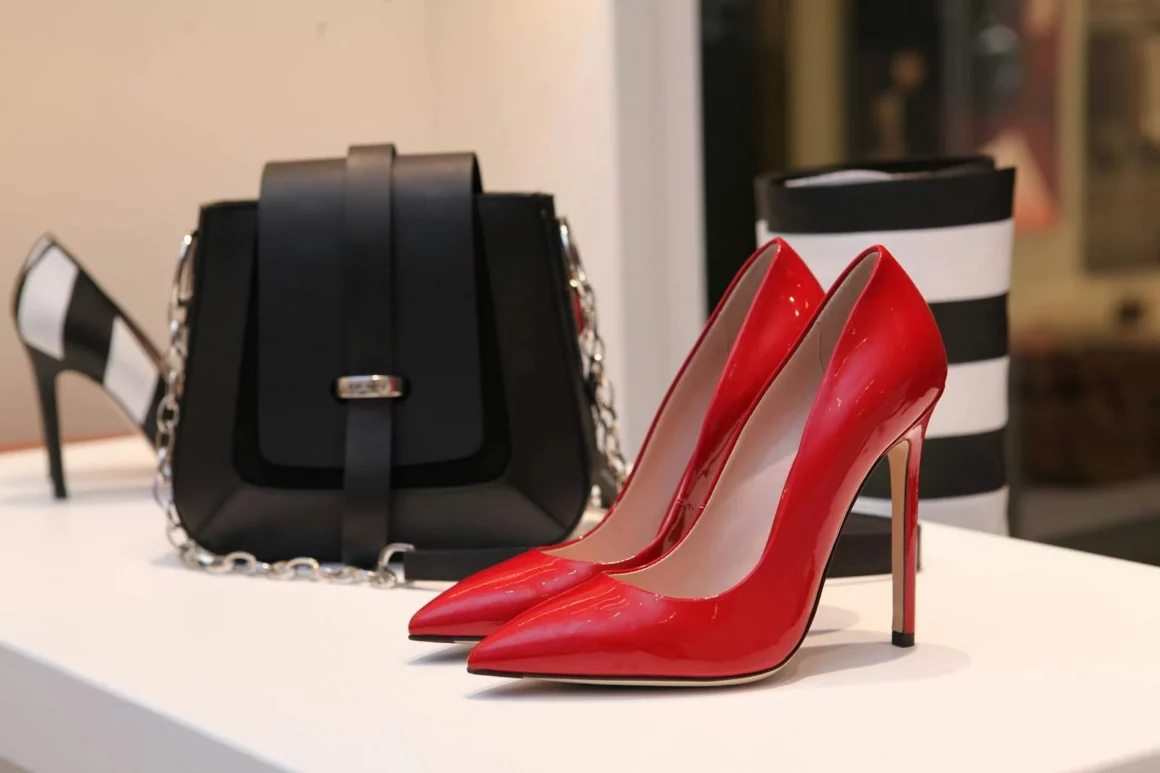
Exclusivity and Rarity
Luxury items are often limited in availability, making them more desirable. This scarcity creates a sense of exclusivity and prestige. For example, limited-edition timepieces from brands like Patek Philippe or rare vintage wines from exclusive vineyards are considered luxurious because they are not readily available to everyone.
In contrast, a mass-produced item labelled as luxury because it has a hefty price tag lacks this element of exclusivity. If everyone can have it, does it really feel luxurious?
Authenticity and Heritage
Many luxury brands have a rich history and a legacy of excellence that spans generations. This heritage is often a testament to their commitment to quality and their ability to innovate while staying true to their roots.
Making Decisions on Luxury
When deciding whether something qualifies as luxury, it’s essential to look beyond the marketing hype. Here are some tips to help you make discerning choices:
- Research the Brand: Investigate the brand’s history and reputation. Brands with a longstanding commitment to quality and craftsmanship are more likely to offer genuine luxury.
- Examine the Craftsmanship: Look for details that indicate superior craftsmanship. Are the materials high-quality? Is there attention to detail? Is the item made by skilled artisans?
- Consider Exclusivity: Is the item limited in availability? Does it offer a sense of exclusivity and uniqueness?
- Evaluate the Experience: True luxury often comes with a superior customer experience. From personalised services to exceptional aftercare, the experience should reflect the product’s luxury status.

